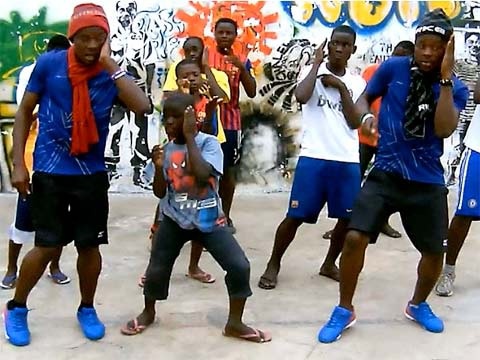continental drift 10/2/23 – ghana
 Welcome to Continental Drift, everyone! This week, we’ll be traveling to Ghana! You can find the playlist here and listen to the episode here.
Welcome to Continental Drift, everyone! This week, we’ll be traveling to Ghana! You can find the playlist here and listen to the episode here.
The Republic of Ghana is a West African country bordered by Burkina Faso to the north, Côte D’ivoire to the west, Togo to the east, and the Atlantic Ocean to the South. Its capital is Accra, and with a population of around 34 million, Ghana is the 48th most populous country in the world and the second most populous African country, behind only Nigeria. The official language of Ghana is English, but Ghana is vastly multiethnic and contains various national languages recognized by the Ghanaian government such as Twi, Ewe, Fante, and numerous others.
Ghanaian traditional music differs based on which part of the country you’re in; in the north, traditional music acts very similar to other African countries in the same sort of geographic region; you get lots of melodic music played on a variety of instruments, and like other African countries, northern Ghana has a history of the performance of griots, who were kind of like a caste of bards who would alternately serve as advisors, storytellers, musicians, and oral recordkeepers. Very cool stuff!
In the south, where there would be more urbanization due to being near a water source, you get music that’s more closely related to social functions, which means inevitably a good portion of it will be dancing music. Tonight’s first song is music for an adowa dance, and adowa is performed at all sorts of cultural events from weddings to funerals, with specific movements meant to communicate different emotional states. Other dances, like kete, exist as well, fulfilling different roles within the social atmosphere.
Traditional Music Segment:
Adowa: Mpre // Yiadom Boakye and Manhyia Tete Nwomkoro
Kete: Kyenkyehene // Kete Children’s Group and Mr. PK Attah
In addition to traditional music, Ghanaian music of more recent origin also exists. Perhaps the best-known Ghanaian music genre is called highlife; it involves an underlying guitar melody played over a rhythmic percussion part that sounds very similar to the Cuban clave percussion pattern. Highlife particularly got really big after World War 2, and many groups began to emulate it, not just in Ghana, but also in Nigeria and London.

E.T. Mensah (not to be confused with the politician of the same name), regarded as the King of Highlife.
Highlife Segment
Son of Africa // Kwamalah Quaye Sextetto Africana
205 // E.T. Mensah
Highlife // Yiadom Boakye and Manhyia Tete Nwomkoro
OK so in a sort of reversal of this last segment, we’re now going to feature a genre which isn’t native to Ghana, but which gained some level of prominence in it; specifically, we’re talking about Afrobeat, which is like this sort of mix of a bunch of different genres (including highlife!) but mainly influenced by funk and soul. It was developed in the ‘60s in Nigeria, but it definitely sort of diffused to other areas in Africa, Ghana included.
Afrobeat Segment
Afe Ato Yen Bio // De Frank and His Professionals
Obiara Wondo // The Cutlass Band
In the ‘60s, when rock and roll made its way to Ghana, young musicians in Accra were like “hey I actually kinda like this” and developed kpanlogo (named after the type of drums used in the music), a new type of dance influenced by rock and roll, but still very much musically rooted in traditional instruments and performance styles. It was a bit of a mixing of the old and the new, sort of. And this would’ve been very soon after Ghana got its independence from Great Britain in the late ‘50s, so in a sense it can also serve as a sort of transitional marker for Ghanaian musical history and political history.
Kpanlogo Segment
Kpanlogo // Elikeh
Kpanlogo // The Peace Brass Band Drummers
Kpanlogo wasn’t the only adaptation of old styles of dance, though. One of the more recent music genres from Ghana is called Azonto, which is believed to have its roots in an older dance called Apaa, which is centered around hand movements that sort of mime everyday activities. I realize that maybe radio isn’t the best way to explain performance genres that heavily involve a visual component, but y’know what, that’s why we have this blog post, so it’s no skin off my back.

A group of Ghanaian youths performing an Azonto dance
Azonto Segment
You Go Kill Me // Sarkodie and E.L
Twaame Lala // Stay Jay
Move to Da Gyal Dem – Sarkodie Mix // Donae’o, Sarkodie
Honestly I Just Wanted An Excuse to Play This One
Waiting for My Baby // De Frank and His Professionals
